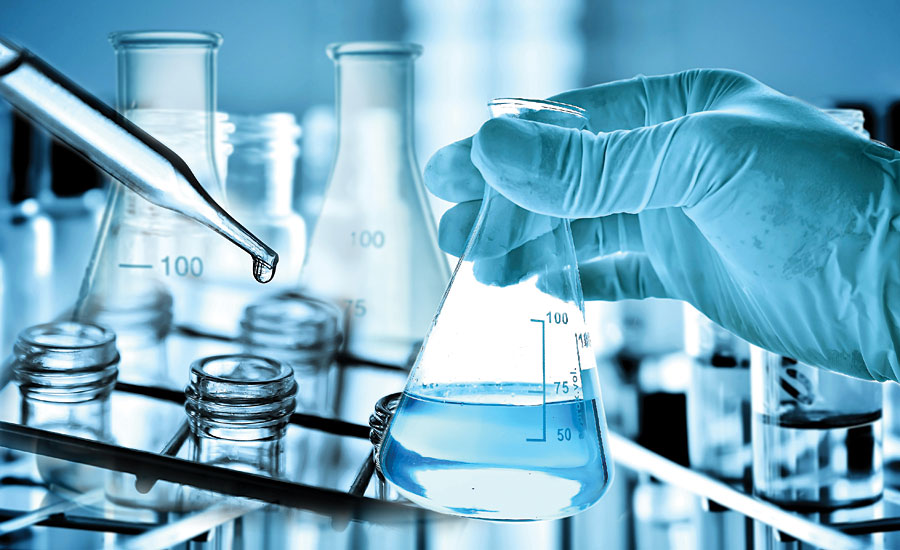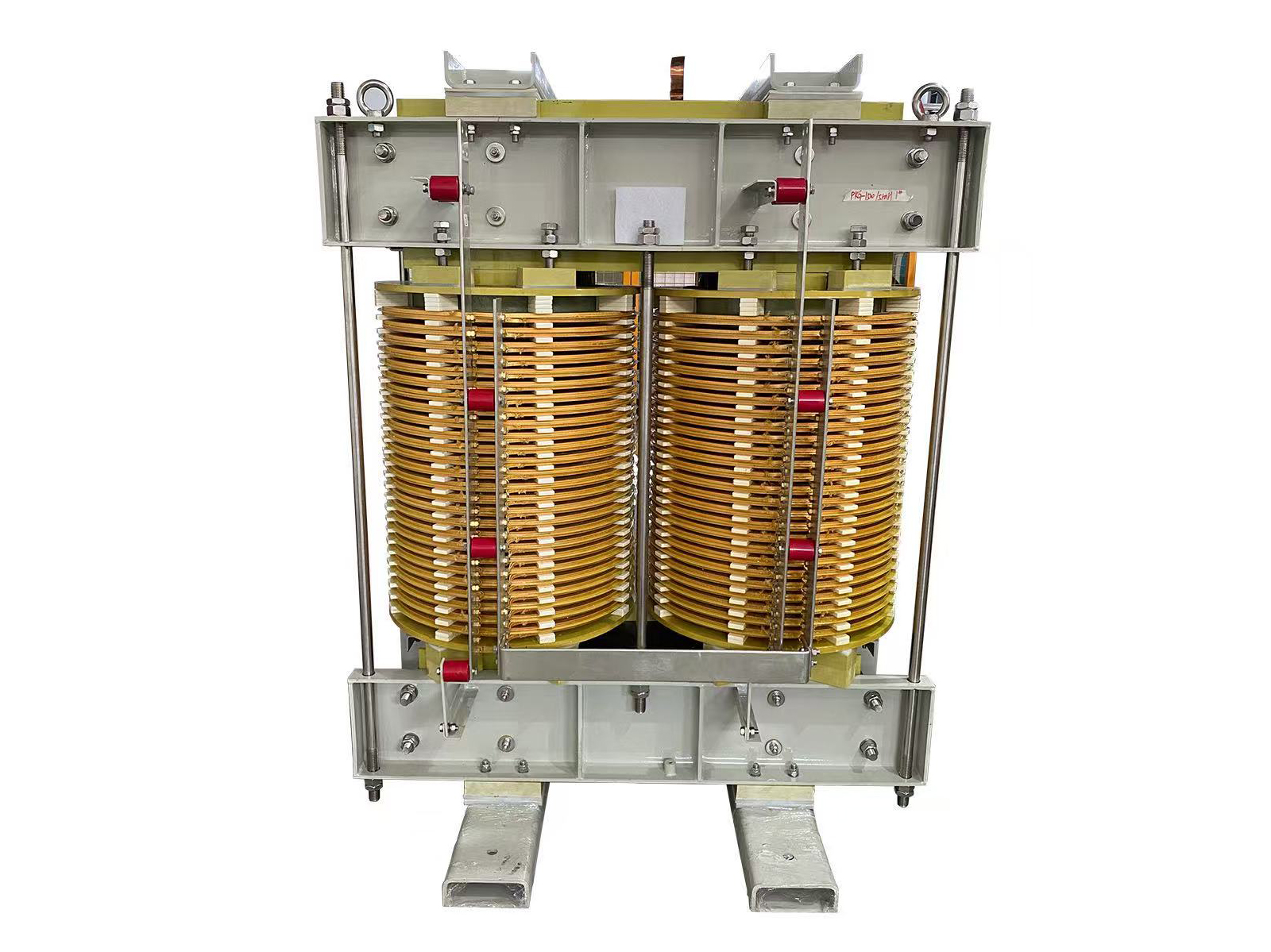
Calibration is a crucial process in the lab that ensures the accuracy and reliability of scientific measurements. It involves comparing the readings of an instrument to a known standard and adjusting it accordingly. Calibration is done to minimize errors and uncertainties in measurements, which can affect the validity of experimental results. In this article, we will explore the different methods of calibration used in the lab and their importance in ensuring accurate and reliable data.
Method 1: Direct Comparison
The most common method of calibration is direct comparison, where the instrument under test is compared to a standard of known accuracy. For example, a thermometer can be calibrated by comparing its readings to a calibrated mercury thermometer. The difference between the readings is noted, and the instrument is adjusted accordingly.
Method 2: Interpolation
Interpolation is a method used to calibrate instruments that measure continuous variables, such as temperature or pressure. It involves measuring the instrument's output at two or more known points and then using mathematical formulas to calculate the values at other points. For example, a thermocouple can be calibrated by measuring its output at two known temperatures and then using interpolation to determine its output at other temperatures.
Method 3: Regression Analysis
Regression analysis is a statistical method used to calibrate instruments that have a non-linear response. It involves plotting the instrument's output against the known values and then fitting a curve to the data. The curve is then used to calculate the instrument's output at other values. For example, a pH meter can be calibrated using regression analysis by plotting its output against the known pH values of standard solutions.
Importance of Calibration
Calibration is essential in the lab because it ensures that the measurements taken are accurate and reliable. It helps to minimize errors and uncertainties, which can affect the validity of experimental results. Calibration also helps to identify any problems with the instrument, such as drift or non-linearity, which can be corrected before they affect the results.
Conclusion
Calibration is a critical process in the lab that ensures the accuracy and reliability of scientific measurements. It involves comparing the readings of an instrument to a known standard and adjusting it accordingly. There are different methods of calibration used in the lab, including direct comparison, interpolation, and regression analysis. Calibration is essential in the lab because it helps to minimize errors and uncertainties and ensures the validity of experimental results.


